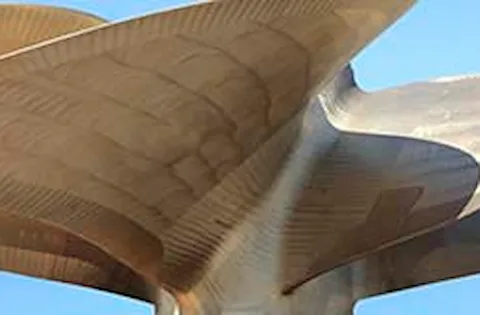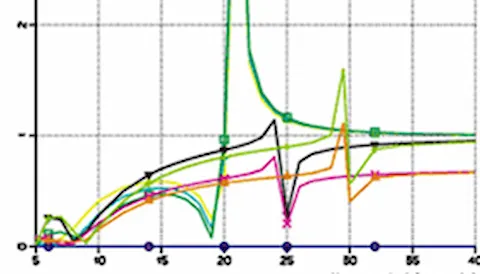Jiangnan Shipyard
Jiangnan Shipyard relies on Nauticus Machinery to efficiently build initial designs, check third-party designs and perform root-cause analysis.
Improves efficiency with Nauticus Machinery software
Senior Principle Engineer Geng Houcai has been working in Jiangnan shipyard for more than 17 years, now leading the noise and vibration research section, where more than 25 engineers will soon be working. Dr. Geng started to use DNV’s Nauticus Machinery software in 2004, after Jiangnan Shipyard saw the need for software to conduct shafting calculations for new vessel design, as the number of new projects was increasing rapidly.
“Nauticus Machinery software helps our daily work in three aspects,” says Dr. Geng. “First, it helps us to efficiently build up our initial design. Due to the flexible and complete function of the software, it saves a lot of our time when adjusting the initial design to fit the challenges of changing technical requirements,” he says.
“Secondly, the software greatly helps us check third-party designs. We have used Nauticus Machinery to re-check the propulsion designs and calculation reports from third parties for projects like a 76,000 dwt bulk carrier with ice class notation of ICE 1B, a 5100 TEU container, a 16,500 dwt chemical tanker, and so on. We have provided suggestions for design modifications.” “Last but not least, Nauticus Machinery helps us do root cause analysis during trouble-shooting. With Nauticus Machinery, we can provide a robust propulsion system to our customers,” says Dr. Geng.
Building competence through Nauticus Machinery
Currently Jiangnan Shipyard is using the following Nauticus Machinery modules: Nauticus Shaft Alignment (with whirling and axial vibration extension), Nauticus Torsional Vibration and Nauticus Shaft Fatigue with ice-class.
Some examples of the use of the software concerns the Nauticus Shaft Alignment tool, which has been used to design the alignment of a 9000 TEU container, a 115,000 dwt bulk carrier and so on. Jiangnan Shipyard used the Nauticus Machinery Torsional Vibration, Shaft Fatigue and Shaft alignment tools to design the propulsion system, select the diesel engine and optimize the shafting for a 22,000 m3 LPG ship.
“These designs were all very successful,” says Dr. Geng.
“Nauticus Machinery is a good bridge between theory and practice. Using Nauticus Machinery, we are able to build a lot of our competence on designs of propulsion systems regarding shaft alignment, torsional vibration, optimization of propeller shafts and intermediate shafts. The software has regular updates which takes our feedback into the development,” he says.
Before using Nauticus Machinery software, Dr. Geng used general finite element method (FEM) software to conduct shaft alignment calculations. Although it’s possible to attain many of the necessary results needed in shafting alignment calculation, some parameters needed to be calculated manually and modelling is very time-consuming. This was the case with sag and gap calculations. In addition, checking third-party designs became much easier and reduced the risk of errors.
“With Nauticus Machinery shafting alignment software, it is easy to establish the model and conduct alignment calculations. And all the parameters needed in shafting alignment procedure can be obtained directly from the calculation results,” says Dr. Geng. “We get the parameters and results needed in our work,” he says.
Profile
- Customer name: Jiangnan Shipyard
- Web address: www.jnshipyard.cssc.net.cn/
- Market: Shipping
- Employees: 15.000
- Solution/Product: Nauticus Machinery marine propulsion systems
Why we chose DNV - Digital Solutions:
- We needed a useful tool to conduct shaft alignment calculation in ship design propulsion procedure, not general finite element method (FEM) software
- The software is user-friendly with useful visual functions
- The software is developed on vessel design and based on engineering commons
This is what we gained:
- Easy modification, simple input and output
- One can easily modify the report with the data
- Model established based on vessel shafting
- Support reaction, angle, stress and gap/sag are directly gained
- Regular updates, the developers take our feedback into the development









